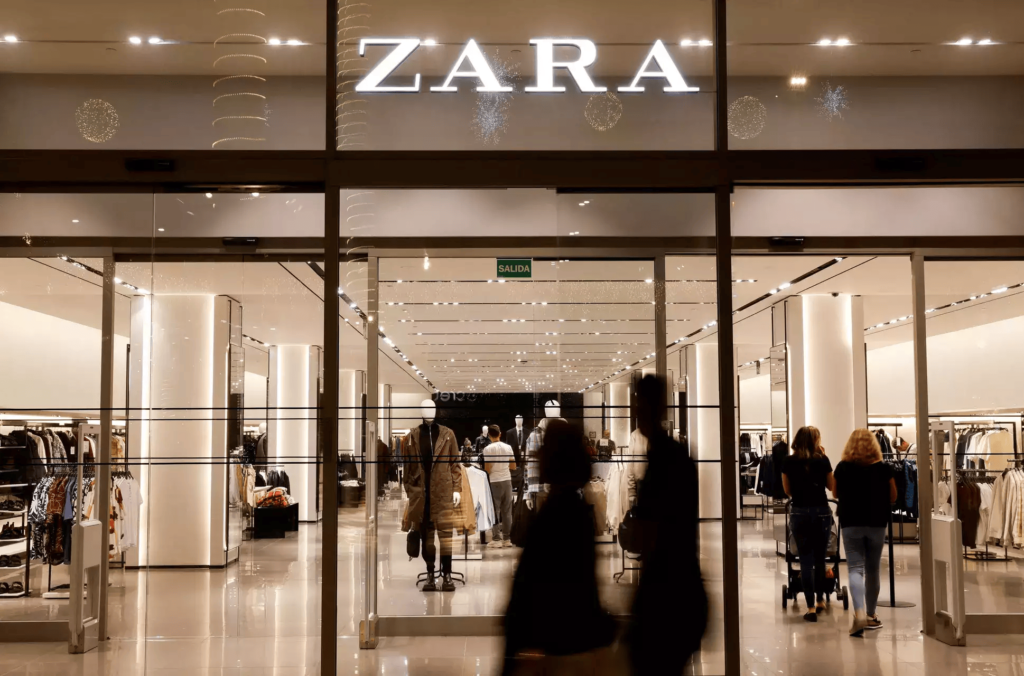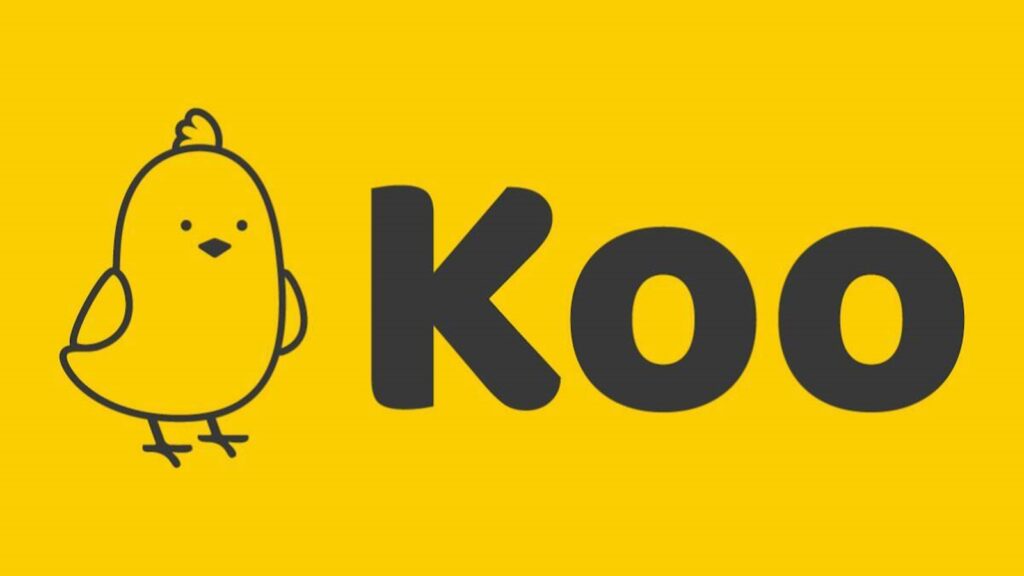Zara’s Struggle in India: Navigating Competition and Changing Market Dynamics
Zara, a Spanish brand operating in India through a joint partnership between Trent and Tata Group, is experiencing a slowdown in sales. Trent Group manages retail operations, while Tata Group is responsible for outlets and geographical locations. As of today, Zara has 23 operational stores in India. Recently Zara has been witnessing an extreme slowness in its sales in India. Let’s explore the potential reasons for this decline.
Revenue
Zara entered the Indian fashion industry in 2011 and quickly became profitable within just one year. The brand saw its sales nearly double every two years since its inception. However, in recent years, Zara’s growth has slowed significantly, dropping to just 8% last fiscal year, reaching ₹2,775 crore, compared to a 40% growth rate the previous year.
Competition
Zara now faces intense competition from several fast-moving brands like Hennes & Mauritz (H&M), Asia’s largest clothing brand Uniqlo, and lower-priced brands like Zudio. H&M surpassed Zara to become India’s largest clothing brand in the fiscal year 2019-20, despite entering the market five years after Zara.
Expansion Strategy
Zara has been expanding its store count very slowly, currently operating only 23 outlets. In contrast, H&M has 50 outlets, adding a store each month on average. Zudio, established in 2016, operates 460 stores as of 2023 and plans to add another 200 stores in FY 2024-25.
Sales Channels
Most brands today sell at least a quarter of their inventory via online marketplaces like Amazon, Flipkart, and Myntra, but Zara has restricted itself to its own website. However, Zudio, despite not having any e-commerce channels and maintaining entirely offline sales, attracts a large audience with its lower pricing strategy. A recent report indicates that Zudio sells 90 t-shirts every minute and 20 denims every hour.
Pricing
Zara has faced fierce pricing competition from rivals like Zudio, H&M, and many smaller brands in the D2C space. As a result, Zara had to cut prices by around 15% to sustain itself against the newer competition.
The Indian retail market is extremely competitive and challenging. Despite the slowdown, there is a large opportunity pool, and it may not signify “fatigue” for the brand. It will be interesting to see how Zara adjusts its strategy to make a significant comeback in the Indian market.



Well Done ♥️
Hey Students!
Summer semester’s almost here! Get a head start and grab all your eTextbooks (over 15,000 titles in convenient PDF format!) at Cheapest Book Store. Save BIG on your studies with 20% off using code SUMMERVIBE24.
Still missing a book? No problem! Submit a request through our system and we’ll add it to our collection within 30 minutes. That’s right, you won’t be left scrambling for materials! ⏱️
Don’t wait – visit https://m.cheapestbookstore.com today and ace your summer semester!
Happy Learning!
Cheapest Book Store
Fantastic web site. Lots of helpful information here.
I’m sending it to some pals ans additionally sharing in delicious.
And certainly, thanks on your effort!
Here is my homepage … John E. Snyder